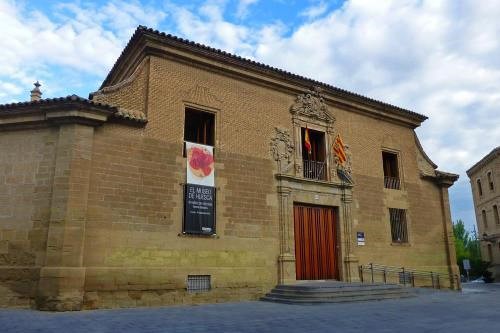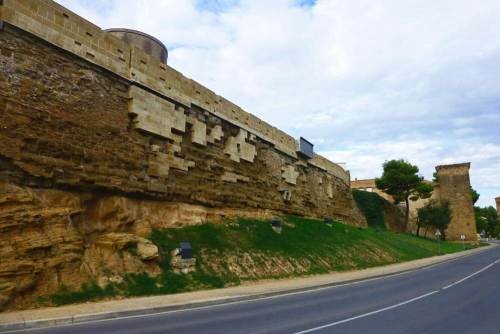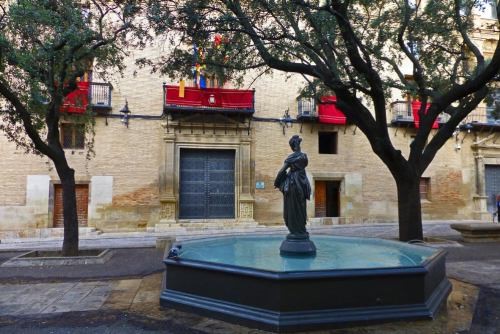BRIEF SUMMARY TO KNOW THE HISTORY OF HUESCA
The first signs of human settlements date back to the Neolithic age, having found objects with more than 6,000 years of antiquity that confirm this theory in the historical center of the city.

Huesca Museum, the ideal place to know the history of the city
There are also traces of settlements from the Bronze Age, the Iron Age and pre-Roman times, the latter in which the primitive name of Bolkan appeared, romanized by the Romans as Osca, transformed by the Muslims as Wasqa, reaching our days as Huesca
In the year 30 a. C. Osca happened to be a municipality of Rome, reason why its inhabitants were Romans of right plenary session. At that time it bore the title of Victorious City (Urbs Victrix).
The Visigoths conquered the city after the fall of the Roman Empire in the fifth century, and in the eighth century the Muslims made their appearance, making Huesca one of the northernmost cities of Al-Andalus (Wasqa). It was at that time when the wall that has reached our days will rise.

Wall of Huesca built during the period of Muslim domination.
The Modern Age brought great growth and prosperity, the Cathedral of Santa María was finished, the University of Huesca was consolidated, a cultural revolution took place thanks to the installation of a printing press and many of the monuments that have been built were built. our days.
During the War of Independence it was occupied by the French troops, from 1809 to 1813. Twenty years later it was granted the title of provincial capital, in a provincial division promoted by the queen regent Maria Cristina de Borbón that still remains in force in our days.

Plaza de la Catedral, surrounded by the main civil and religious buildings of Huesca
The first years of the twentieth century were prosperous for Huesca, thanks mainly to the arrival of the railroad, at that time numerous works were carried out to expand and improve the city.
In 2003 the district of La Hoya de Huesca was established, of which the city is the capital. The arrival of the Madrid-Huesca High Speed Line and its strategic location at the entrance of the Aragonese Pyrenees were also decisive for its growth and progress.